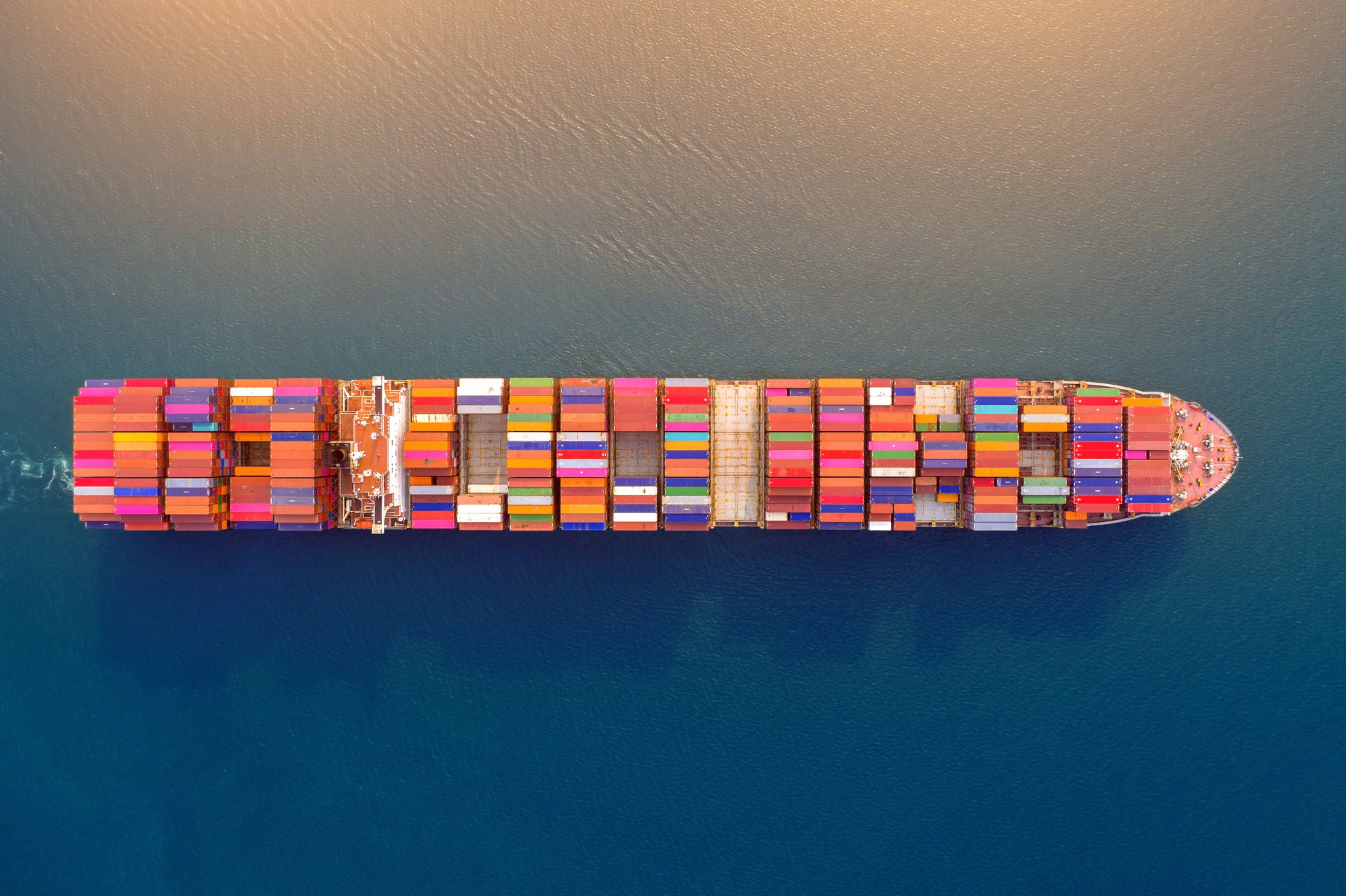
A packaging waste export recovery note (PERN) is a tradeable certificate that serves as evidence of UK packaging that’s been exported to be recycled by a certified waste reprocessor. It is the export equivalent of packaging waste recovery notes (PRNs) which are used for UK waste reprocessing.
Who issues PERNs and PRNs?
PRNs and PERNs are issued either by UK waste reprocessors – businesses that recycle packaging waste into something new – or by UK waste exporters who are sending the material for reprocessing abroad. Both UK reprocessors and packaging waste exporters need to apply to the National Packaging Waste Database (NPWD) for accreditation enabling them to generate PRNs and PERNs.
Who buys PRNs and PERNs?
Companies that produce packaging waste and handle more than 50 metric tonnes and £2m turnover are referred to as obligated producers. They are obligated to buy PRNs and PERNs to reflect the tonnage of a specific type of packaging that has been recycled to a required standard. These evidence notes are used to demonstrate the producer’s compliance with packaging waste obligations, which are annual targets set by government in line with the ‘polluter pays’ principle.
What’s the purpose of the PRN system?
By paying a price for the quantity of packaging waste produced, waste generators are in theory being incentivised to produce less of it. Waste generators don’t need to recycle their own packaging, however. Buying a PRN certificate demonstrates that an equivalent amount of packaging waste has been recovered and recycled on their behalf, thereby meeting their obligation.
More broadly, the government wants to encourage trading in recyclable materials by adding value to what the market would otherwise consider low value and not worth recycling. The longer term objective here is to grow the global circular economy in line with Net Zero. It is also hoped that profits from the PRN marketplace will finance the development of recycling infrastructure in the UK.
How does the PRN market work in practice?
In trading terms, PRNs and PERNs act as ‘sweeteners’ or financial incentives for the exporter/reprocessor. For a waste trader, the value of a tonne of PRN qualifying commodity is its intrinsic value plus the prevailing market rate of the corresponding PRN note. So the producer of waste is effectively subsidising waste reprocessing, whether that happens in the UK or overseas in certified facilities where environmental standards are deemed to be equivalent to the UK’s.
PRNs are specific to a grade of material – but they do not accurately track the market value of the commodity itself. Internationally traded commodity prices are mainly determined by global market dynamics. PRN prices are more influenced by a range of domestic factors related to perceptions of supply and demand.
Why do PERN and PRN prices fluctuate?
Prices of a specific PRN grade rise when supply is perceived to be tight. For example, the commodity might not be traded much because recycling it is costly or complicated. Alternatively, processing capacity or demand for that material might be low. This can force producers to buy at a higher price, especially if they are approaching their annual deadline for fulfilling their obligations. Other factors that influence PRN values include the government’s annual target for packaging waste recycling, the price of oil and secondary raw materials, and exchange rates.
What are PERN and PRN compliance schemes for?
Compliance schemes and agents exist to manage the complexity of the PRN marketplace, providing greater predictability to busy traders, reprocessors and producers. An exporter might issue PERNs to a compliance scheme if they want the certainty of being paid a fixed monthly rate. On the other hand they might choose to sell their PERNs on the open market if they are comfortable with the risks of fluctuating daily prices.
Is change coming to the PRN marketplace?
The PRN marketplace has no close equivalent outside the UK, which might suggest that other countries are not persuaded of its overall benefits as a model to emulate. Consultations exploring ways to reform or replace the system alongside extended producer responsibility have been launched, but repeated delays suggest that change it unlikely to happen until 2025 at the earliest.



